Did you know? The flag of Nepal is the only national flag in the world that is not rectangular or square. It consists of two stacked triangles!
Flags are like special symbols that tell a story about a country and are of different kinds of shapes, colours, and designs. In this fun article, we will explore the different types of flags and learn some cool facts about them. We will also discover the amazing history behind some of the world’s most famous flags. So, get ready to dive into the exciting world of flags and discover the stories they have to tell!
Types of National Flags with Examples
Tricolour Flags
Tricolour flags are characterised by three distinct colours, usually arranged in stripes. These stripes can be vertical, horizontal, or diagonal.
- Examples:
- France: The flag consists of three vertical stripes of blue, white, and red.
- India: The flag features three horizontal stripes of saffron, white, and green, with a blue Ashoka Chakra in the centre.
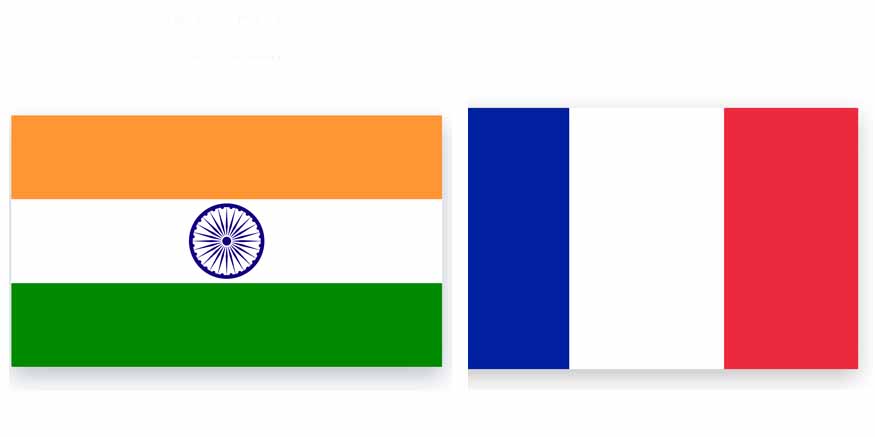
Bicolour Flags
Bicolour flags have two main colours, often arranged in stripes or other geometric patterns.
- Examples:
- Poland: The flag consists of two horizontal stripes of white and red.
- Ukraine: The flag features two horizontal stripes of blue and yellow.
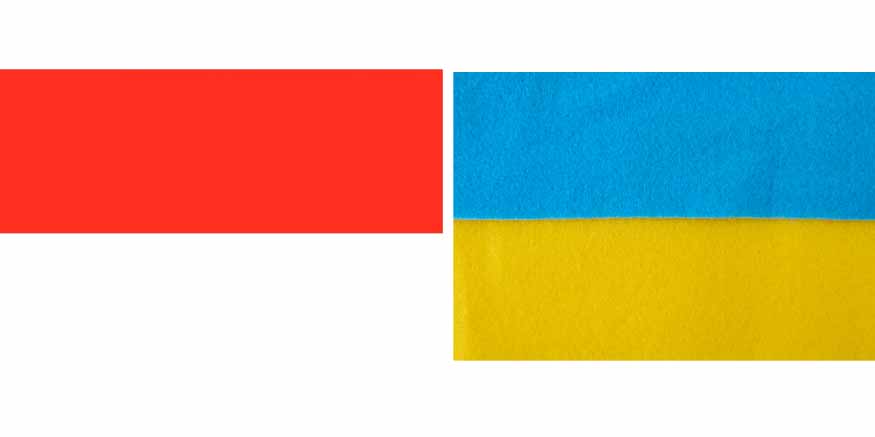
Single-Color Flags
Single-colour flags feature a single-dominant colour, often with a symbol or emblem.
- Examples:
- Libya (1977-2011): The flag was entirely green, without any additional symbols.
- Bangladesh: The flag is predominantly green with a red circle in the centre.
Flags with Crosses
These flags prominently feature one or more crosses, often symbolising religious or cultural heritage.
- Examples:
- Sweden: The flag has a blue field with a yellow Scandinavian cross.
- United Kingdom: The Union Jack combines the crosses of St. George, St. Andrew, and St. Patrick.
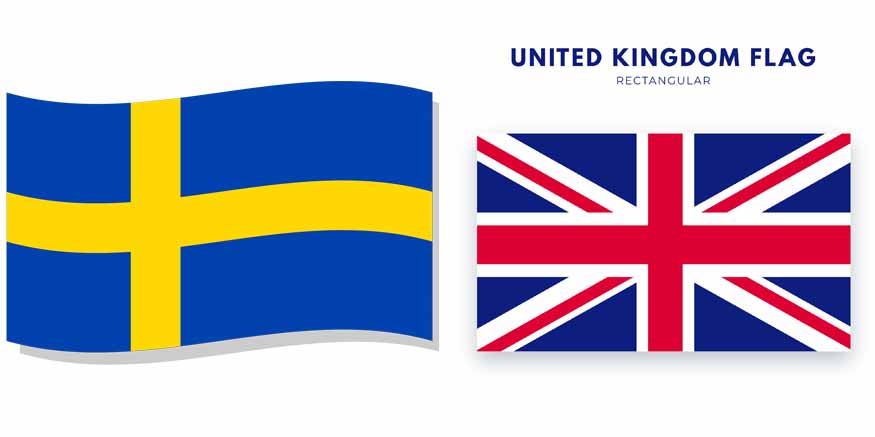
Flags with Symbols or Emblems
These flags feature distinct symbols, emblems, or coats of arms representing the country’s identity, values, or history.
- Examples:
- Mexico: The flag features vertical stripes of green, white, and red, with a national coat of arms in the centre.
- South Korea: The flag has a white background with a red and blue Taegeuk symbol in the centre and four black trigrams at each corner.
Flags with Stars
These flags prominently feature stars, symbolising unity, states, or other national characteristics.
- Examples:
- United States: The flag has 50 stars representing the 50 states and 13 stripes representing the original colonies.
- Australia: The flag features the Union Jack, a large seven-pointed Commonwealth Star, and the constellation of the Southern Cross.
Countries and Flags
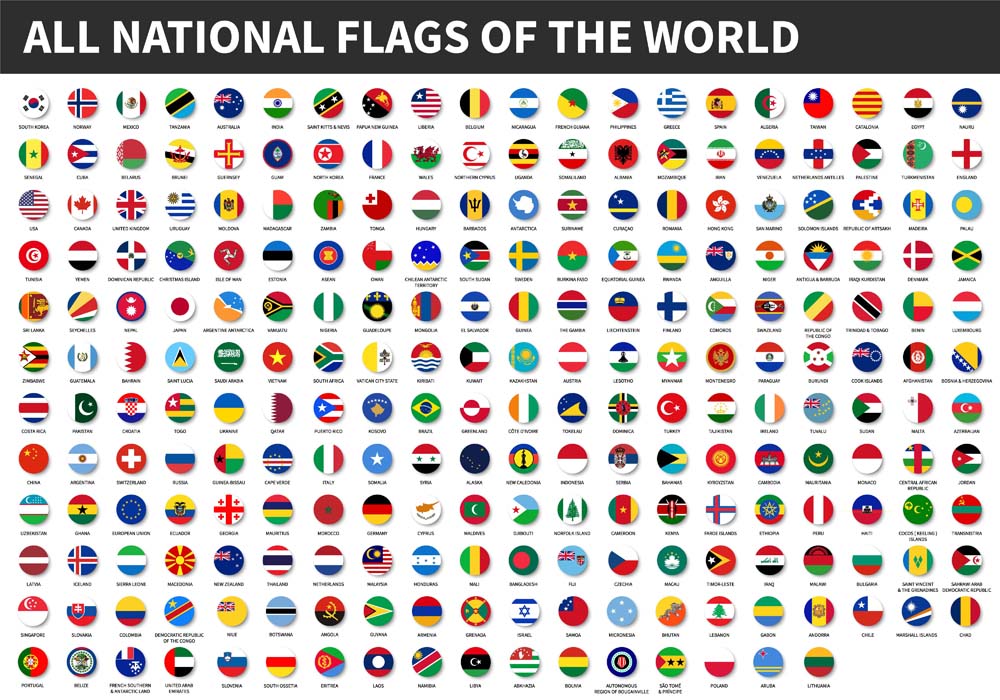
History Behind a Country’s Flag
Let us take a closer look at the history behind some of the world’s most iconic national flags:
- The United States Flag
- The United Kingdom Flag
- The French Flag
- The Japanese Flag
- The Indian Flag
The United States flag, often referred to as the Stars and Stripes, has a rich history dating back to the American Revolution. The original flag, known as the “Betsy Ross flag,” featured 13 stars arranged in a circle, representing the 13 original colonies. Over the years, stars were added as new states joined the Union, resulting in the current design with 50 stars. The 13 stripes remain unchanged, symbolising the nation’s founding.
The United Kingdom’s flag, commonly known as the Union Jack, is a combination of three older national flags. It incorporates the red cross of St. George for England, the white saltire of St. Andrew for Scotland, and the red saltire of St. Patrick for Ireland. The flag symbolises the unity of these nations under a single monarchy. The current design was adopted in 1801 when Ireland joined the union.
The French Tricolore flag, with its vertical stripes of blue, white, and red, was adopted during the French Revolution. The colours represent the ideals of the revolution: liberty (blue), equality (white), and fraternity (red). The design is inspired by the cockade of France, a circular emblem worn by revolutionaries. The flag has since become a symbol of the French Republic.
The Japanese flag, known as the Nisshoki or Hinomaru, features a red circle representing the sun on a white background. The flag’s design is rooted in Japan’s ancient mythology, which reveres the sun goddess Amaterasu. The current flag was officially adopted in 1870 during the Meiji Restoration, symbolising Japan’s emergence as a modern nation.
The Indian National Flag, known as the “Tiranga” (Tricolour), has a rich history rooted in the struggle for independence. The flag features three horizontal stripes: saffron at the top, white in the middle, and green at the bottom, with a navy blue Ashoka Chakra (wheel) with 24 spokes in the centre. The saffron represents courage and sacrifice, the white symbolises peace and truth, and the green stands for faith and chivalry.
The flag’s design was inspired by the Swaraj flag, which was adopted by the Indian National Congress in 1931. The current version was officially adopted on July 22, 1947, just before India gained independence from British rule on August 15, 19472. The Ashoka Chakra replaced the original spinning wheel (charkha) to symbolise progress and righteousness. The flag remains a powerful symbol of India’s unity, heritage, and aspirations.
Fascinating Facts About Flags
- Unique Design: The flag of Nepal is the only national flag that is not rectangular or square. It consists of two stacked triangles.
- World’s Oldest Flag: The flag of Denmark, known as the Dannebrog, is considered the world’s oldest continuously used national flag, dating back to 1219.
- Colourful Flags: The flag of South Africa is known for its vibrant and diverse colours, symbolising unity and diversity in the post-apartheid era.
Types of National Flags and Their Examples
Type of Flag | Examples |
Tricolor Flags | France, India |
Bicolor Flags | Poland, Ukraine |
Single-Color Flags | Libya (1977-2011), Bangladesh |
Flags with Crosses | Sweden, United Kingdom |
Flags with Symbols | Mexico, South Korea |
Flags with Stars | United States, Australia |
For more such informative/interesting blogs, visit Mother’s Pet Kindergarten.

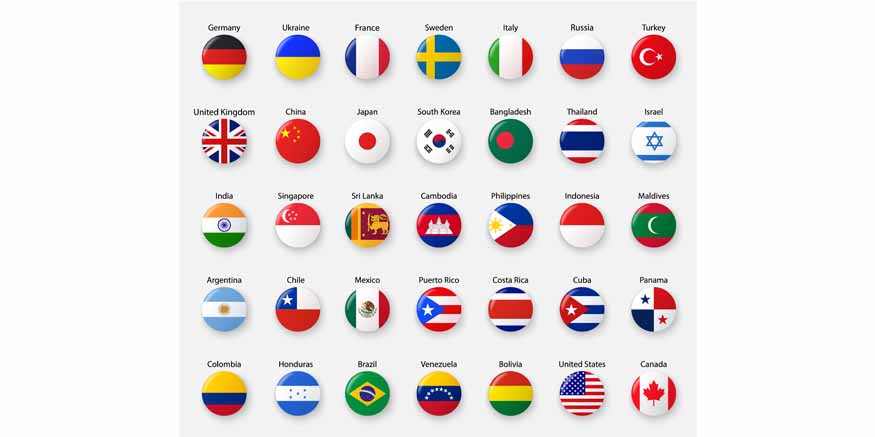









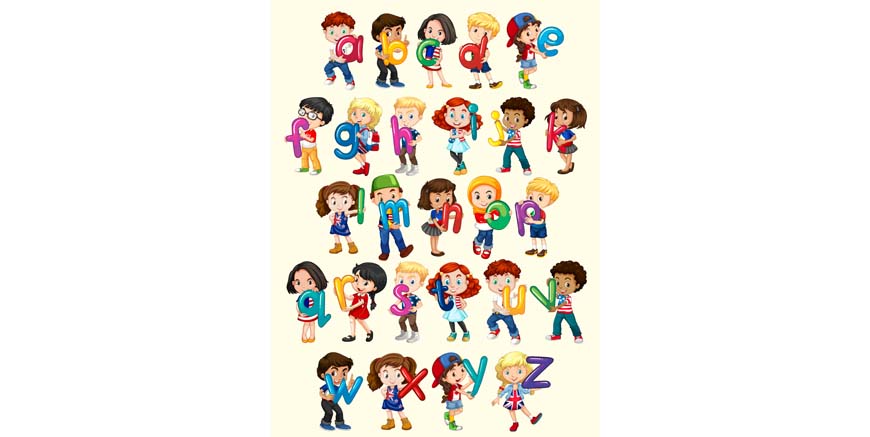
Recent Comments